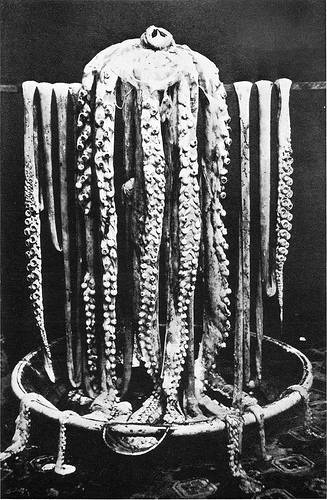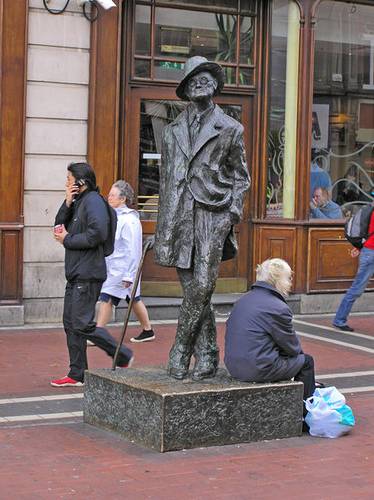Protagoras, an Athenian rhetorician, had agreed to instruct Evalthus in rhetoric, on condition that the latter should pay him a certain sum of money if he gained his first cause. Evalthus when instructed in all the precepts of the art, refused to pay Protagoras, who consequently brought him before the Areopagus, and said to the Judges — ‘Any verdict that you may give is in my favour: if it is on my side, it carries the condemnation of Evalthus; if against me, he must pay me, because he gains his first cause.’ ‘I confess,’ replied Evalthus, ‘that the verdict will be pronounced either for or against me; in either case I shall be equally acquitted: if the Judges pronounce in my favour, you are condemned; if they pronounce for you, according to our agreement, I owe you nothing, for I lose my first cause.’ The Judges being unable to reconcile the pleaders, ordered them to re-appear before the Court a hundred years afterwards.
— Edmund Fillingham King, Ten Thousand Wonderful Things, 1860




